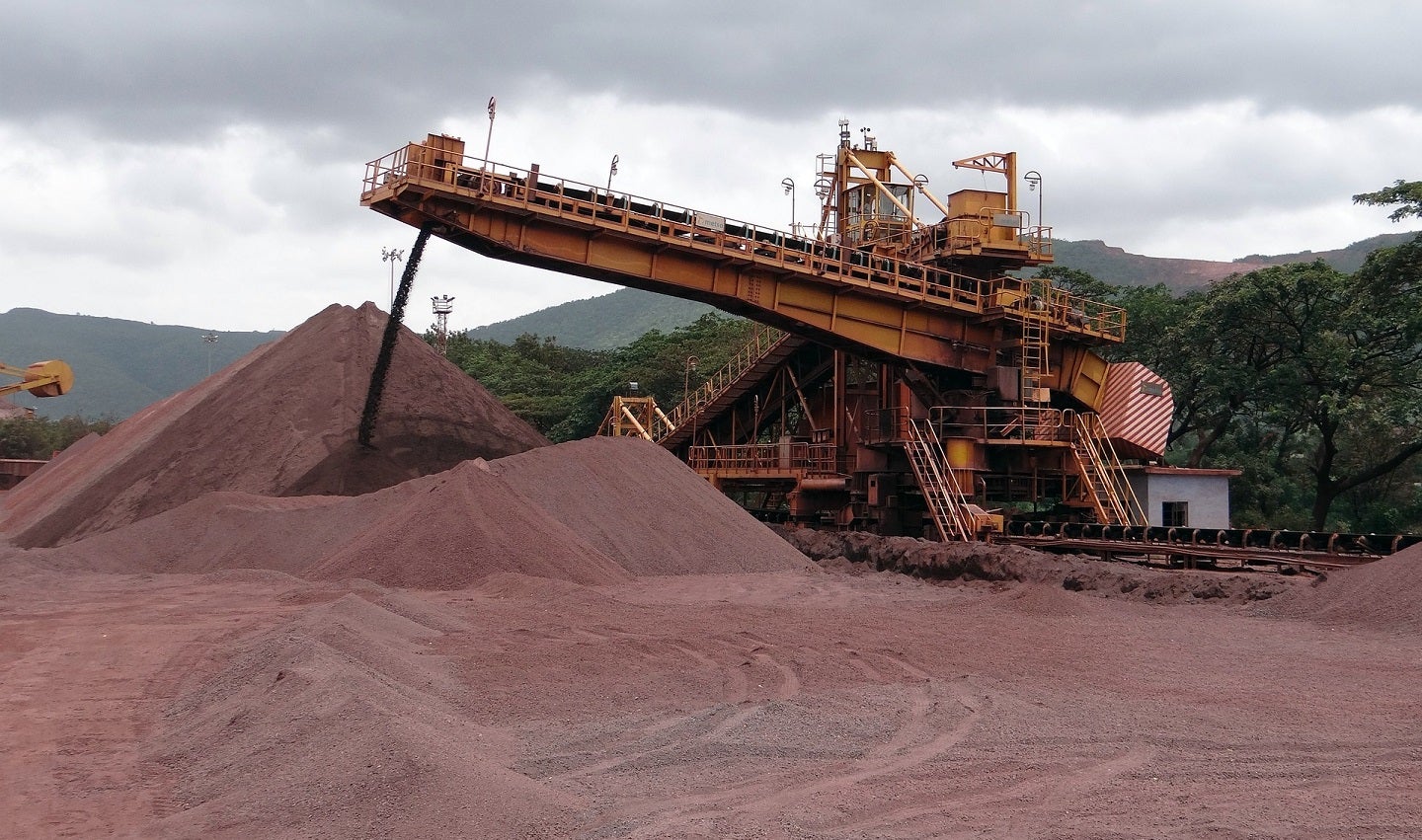
Rio Tinto is planning to increase production by 16% from its Gudai-Darri iron ore mine in Western Australia.
This move will see output increase by seven million metric tonnes to 50 million tonnes per year, at a cost of $70m, reported Reuters.
Commissioned in 2022, the $3.1bn Gudai-Darri mine reached a peak annual capacity of 43 million tonnes in less than 12 months from the first ore.
The company intends to increase the mine’s production capacity through upgrades within the plant including chutes and conveyor belts. It also plans to utilise an existing incremental crushing and screening facility.
Rio Tinto Iron Ore Pilbara Mines managing director Matthew Holcz said: “What we have learnt during the rapid ramp-up of Gudai-Darri has given us the confidence to find better ways to increase capacity at our newest and most technologically advanced mine.
“Rather than taking a capital-intensive approach to replicate existing infrastructure, we have now identified a low-capital pathway to creep capacity to 50 million tonnes a year.”
Access the most comprehensive Company Profiles on the market, powered by GlobalData. Save hours of research. Gain competitive edge.

Thank you!
Your download email will arrive shortly
We are confident about the unique quality of our Company Profiles. However, we want you to make the most beneficial decision for your business, so we offer a free sample that you can download by submitting the below form
By GlobalData
Rio Tinto expects the larger operation at the Gudai-Darri mine to require an additional mining fleet, including haul trucks and diggers.
The proposed capacity increase at the mine is subject to environmental, heritage and other relevant approvals.
In a press statement, Rio Tinto said: “The capital intensity of any increase in capacity of Gudai-Darri is expected to be around $10 per tonne.”
Rio Tinto iron ore division chief Simon Trott was quoted by Reuters as saying: “In the next ten years, globally, just as many people are going to urbanise as in the last decade.
“The mine developments that are needed to sustain that scale are enormous. And so if you look forwards over the next 20 years, we’re going to use more iron ore than we’ve used in the last 30.”
Sign up for our daily news round-up!
Give your business an edge with our leading industry insights.




